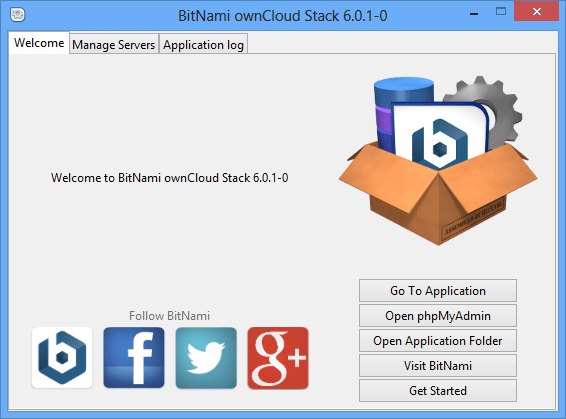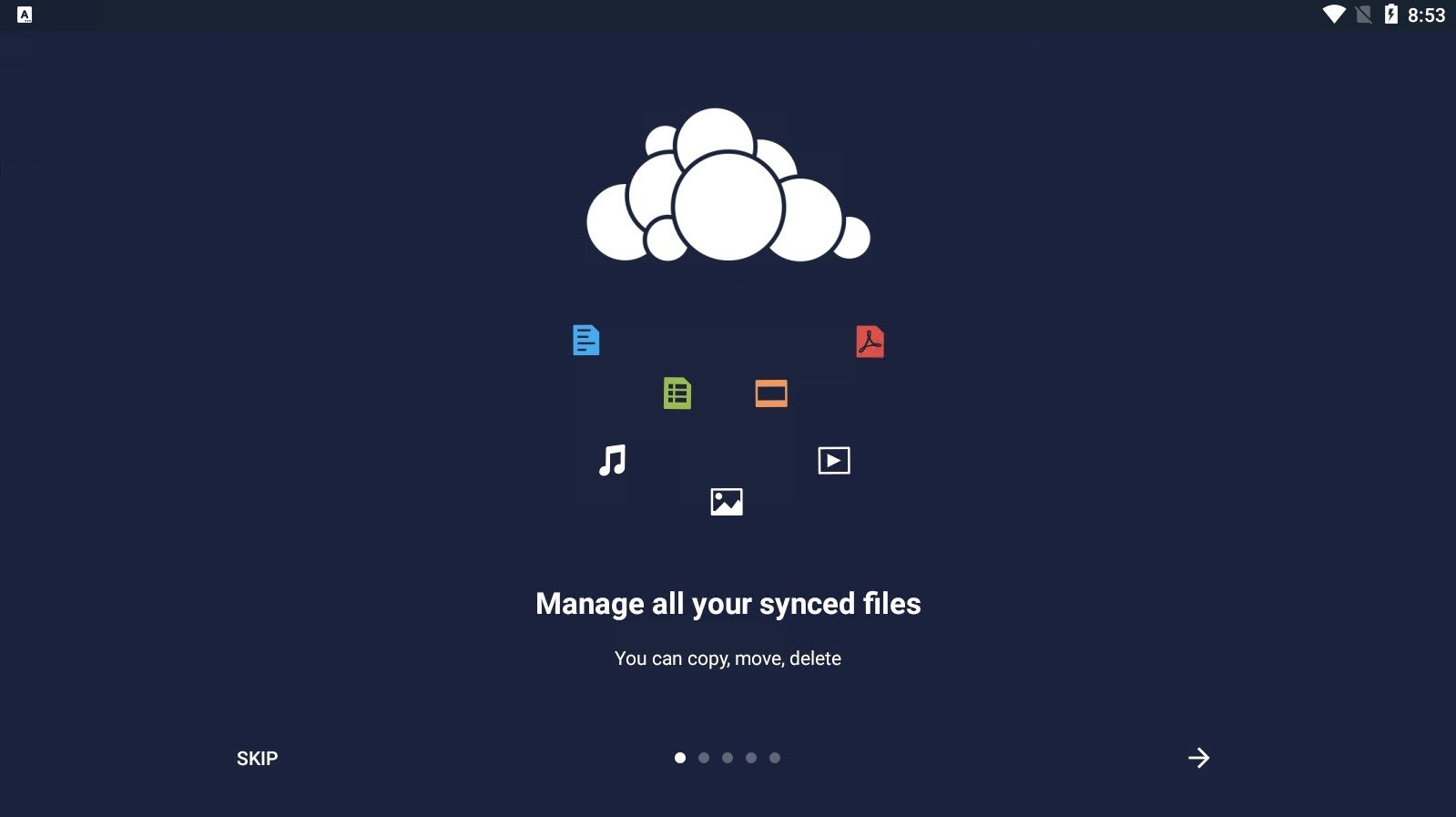

- #BITNAMI OWNCLOUD 8 GOOGLE CLOUD ADD DISK HOW TO#
- #BITNAMI OWNCLOUD 8 GOOGLE CLOUD ADD DISK MAC OS#
- #BITNAMI OWNCLOUD 8 GOOGLE CLOUD ADD DISK UPDATE#
- #BITNAMI OWNCLOUD 8 GOOGLE CLOUD ADD DISK SOFTWARE#
- #BITNAMI OWNCLOUD 8 GOOGLE CLOUD ADD DISK CODE#
$ gcloud deployment-manager deployments update DEPLOYMENT-ID -config expanded-config. Replace the DEPLOYMENT-ID placeholder in the command below with the correct name of your deployment. Preview the updated deployment with the command below. SourceImage: projects/bitnami-launchpad/global/images/bitnami-mongodb-3-4-7-0-linux-debian-8-x86-64-namiĭeviceName: mongodb-multivm-2-node-XX-data metadata:ĭeviceName: mongodb-multivm-2-node-XX-boot
#BITNAMI OWNCLOUD 8 GOOGLE CLOUD ADD DISK CODE#
You should always copy the code block from your deployment’s actual configuration file. If you’re looking to deploy applications in the Google cloud, the easiest way to get started is with Bitnami. NOTE: The code block below is an illustrative example for MongoDB and will differ in your specific deployment.

To create a unique name for the new node, you would typically replace the XX placeholder in the node name with a number. In the deployment overview, review the deployment properties and click to view the “Expanded Config” deployment configuration file.Ĭopy or download the contents of the “Expanded Config” file to the server with the Google Cloud SDK as expanded-config.yaml.Įdit the file using a text editor and add configuration for one or more additional nodes, by copying the configuration and metadata for an existing node and its corresponding data disk and then updating the copied configuration to use a unique name for the new node(s) and data disk(s).įor example, to add a new MongoDB node to a MongoDB cluster, here is an abridged example of the configuration and metadata that you would update to add a new node and data disk.

To add nodes to the cluster, follow these steps:īrowse to the Deployment Manager and select the deployment to which you wish to add nodes.
#BITNAMI OWNCLOUD 8 GOOGLE CLOUD ADD DISK HOW TO#
If this is not the case, please refer to the Google Cloud SDK documentation for instructions on how to install and use the command-line client. If the article is useful for you, then please spend less than a minute to share your valuable comments in our commenting section.IMPORTANT: These steps assume that you have already installed the Google Cloud SDK and you are signed in to the Google Cloud Platform through the gcloud command-line client. We are preparing all articles in-depth to understand by all level/stage Linux administrators. In my case new password is admin123 and play it. Now, you have successfully reset your owncloud password, just navigate on your owncloud installation url on browser and login into your admin account using your new password. Mysql> UPDATE `oc_users` SET `password` = '$2a$08$7nZBhzaJVMPqMICMrXMKQOEvmQ47z5QtQ4FxPSWv5ecRIvRq7j332' WHERE `uid` = 'admin' Most likely this will be just one host, but in the event more hosts are needed, this is an array hosts: - name: owncloud. Login to mysql server and navigate to owncloud database and run the below command to update the admin password. Note : After done this, you can remove the new changes which you made on your test.php file. Hash: $2a$08$7nZBhzaJVMPqMICMrXMKQOEvmQ47z5QtQ4FxPSWv5ecRIvRq7j332 Make sure you need to copy the First Hash value which is start value like $2…. Like below and it will shows below result’s. $hash = $t_hasher->HashPassword($correct) Īfter made above change, Run the test.php file. # Try to use stronger but system-specific hashes, with a possible fallback to Make sure you need to add your new password instead of admin123 and your passwordsalt value which we noted in step2.

Open test.php file and comment below orange colour lines and add green coloured line value newely under the orange colour line. Navigate to your owncloud installation directory & open config/config.php file and passwordsalt value. To reset owncloud 6 admin password, follow the below procedure.
#BITNAMI OWNCLOUD 8 GOOGLE CLOUD ADD DISK MAC OS#
It’s free, open-source and has an application for Android, iOS and desktop clients for Linux, Windows and Mac OS X.
#BITNAMI OWNCLOUD 8 GOOGLE CLOUD ADD DISK SOFTWARE#
$ sudo -u apache php /var/user:resetpassword admin OwnCloud is a software that allows us to create a private cloud with which you can synchronize files, calendars, contacts, notes and more using extensions. Make sure you have to mention your owncloud installation directory insteadof us /var/# For Debian based Systems # To reset owncloud 7 & 8 admin password, we can use the occ command to reset the password which will uses HTTP user, follow the below procedure. See the below steps to reset the owncloud admin password. In my point of view the below one is very simple and effective. I have spend lots of time on owncloud forum and found few more solution. I have installed owncloud 6.0 for testing purpose and later a stage i upgraded to 7.0 & 8.0 but i forget to assign the email id for password reset request and now i forget my owncloud admin password and trying to reset.


 0 kommentar(er)
0 kommentar(er)
